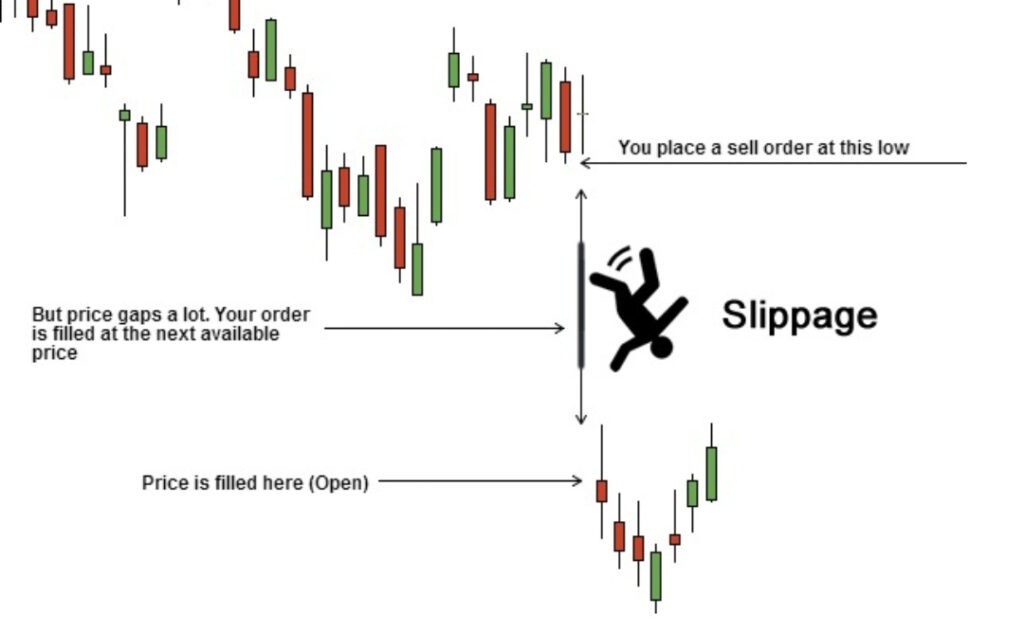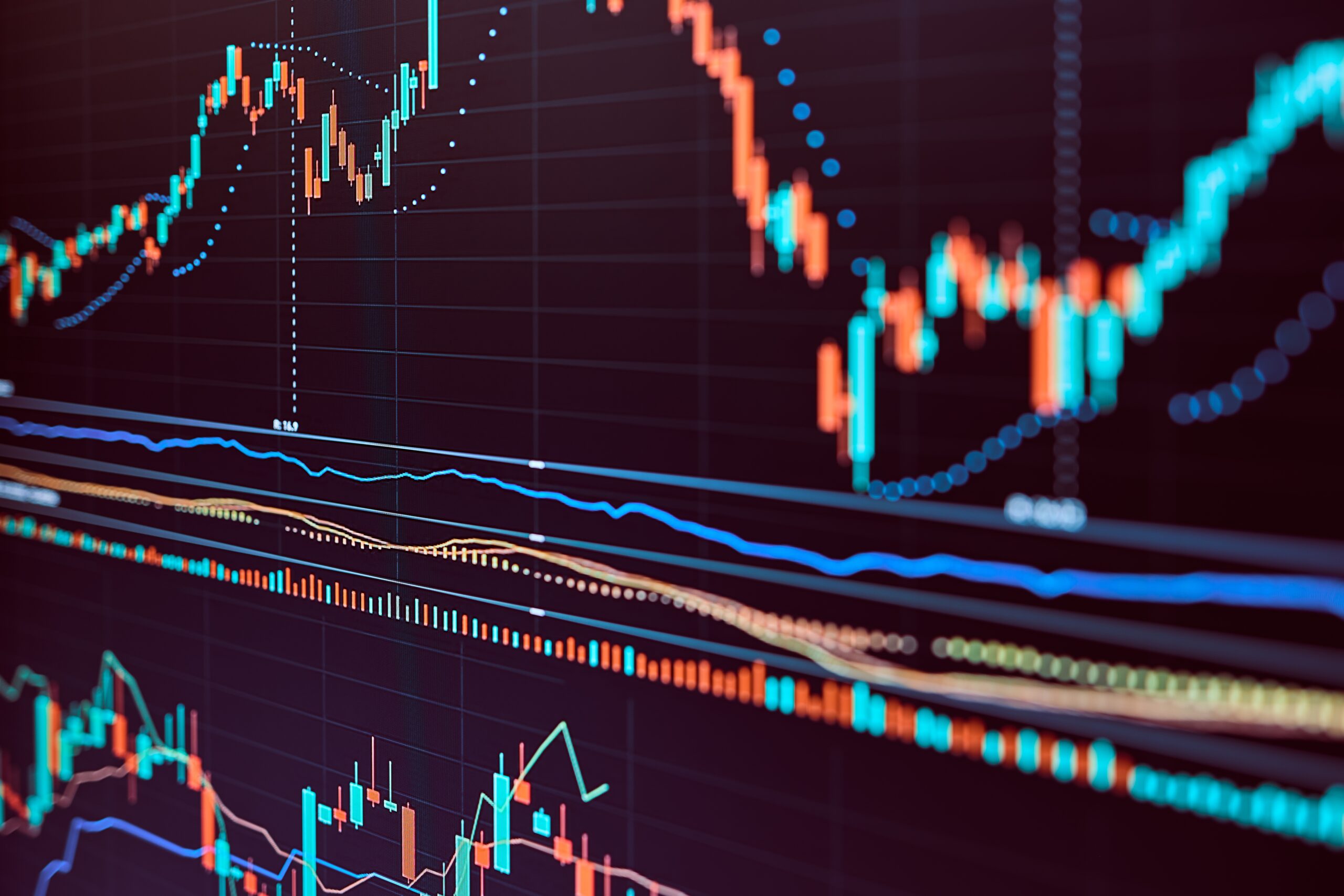Introduction
In the fast-paced world of forex trading, slippage is a term that traders often come across. Slippage in forex trading can have a significant impact on the execution of trades, affecting profitability and trading outcomes. In this comprehensive guide, we will delve into the concept of slippage in forex trading, explore its causes, discuss measurement methods, provide strategies to minimize its impact, and emphasize the importance of choosing the right broker to mitigate slippage risks and optimize trading results.
What is Slippage in Forex Trading?
Slippage refers to the discrepancy between the expected price of a trade and the price at which it is actually executed. In other words, it is the difference between the requested entry or exit price and the actual price filled by the market. Slippage is a common occurrence in forex trading, especially during periods of high market volatility when prices can change rapidly. It can occur in both directions, resulting in positive or negative slippage.
Causes of Slippage
Several factors contribute to slippage in forex trading. One of the primary causes is market volatility. During periods of high volatility, such as news releases or economic events, liquidity can dry up, leading to wider bid-ask spreads and increased slippage. Additionally, slippage can occur due to delays in order execution. The time it takes for a trade to reach the market and be executed can impact slippage. Slow order processing or delays in trade execution can result in more significant slippage.
Another factor that can contribute to slippage is market depth. When the market depth is low, meaning there are fewer buyers or sellers at a particular price level, it can result in slippage as trades are executed at less favorable prices to match available liquidity. Market orders, which are executed at the prevailing market price, are more susceptible to slippage compared to limit orders that specify a price range.
How to Measure Slippage
Measuring slippage is crucial for traders to assess the impact of execution on their trades. The most common method to calculate slippage is by comparing the requested price of a trade with the actual executed price. This can be done manually or by utilizing specialized software that records trade details. Additionally, traders can use slippage formulas that take into account the size of the order and the average bid-ask spread during execution.

Slippage can be measured in terms of pips or as a percentage of the requested price. For example, if a trader intends to enter a trade at 1.2000 but is filled at 1.2010, the slippage would be 10 pips or 0.00010 in decimal form. By tracking slippage over multiple trades, traders can identify patterns and evaluate the effectiveness of their execution strategies.
Strategies to Minimize Slippage
While slippage cannot be entirely eliminated, traders can employ several strategies to minimize its impact on their trades:
- Using limit orders: Placing limit orders allows traders to set specific entry or exit prices. By using limit orders, traders can avoid entering trades at unfavorable prices and reduce the chances of slippage. Limit orders ensure that trades are executed at a predetermined price or a better one, thus mitigating the impact of slippage. By setting precise entry and exit points, traders can have better control over their trades.
- Avoiding volatile periods: During times of high market volatility, slippage is more likely to occur. Traders can minimize slippage risks by avoiding trading during such periods or by adjusting their trading strategies to adapt to volatile market conditions. By closely monitoring economic calendars and news releases, traders can make informed decisions regarding when to enter or exit trades, reducing the likelihood of slippage.
- Utilizing stop-loss orders: Setting stop-loss orders can help limit potential losses in case of adverse price movements. Stop-loss orders can trigger automatic trade execution when prices reach a predetermined level, reducing the chances of slippage during rapid market movements. By implementing effective risk management techniques, traders can protect their capital and minimize the impact of slippage on their overall trading performance.
- Monitoring liquidity: Understanding market liquidity is crucial for managing slippage. Traders can monitor liquidity levels and choose to trade during periods when liquidity is higher, such as when major financial centers overlap in trading hours. Higher liquidity generally corresponds to tighter bid-ask spreads and reduced slippage.
Importance of Choosing the Right Broker to Avoid Slippage
Selecting a reputable and reliable forex broker is vital to minimize slippage risks. A broker with a robust trading infrastructure, advanced order execution systems, and deep liquidity pools can significantly reduce the occurrence of slippage. Traders should consider factors such as execution speed, order routing, and broker transparency when choosing a broker. Additionally, reading reviews and seeking recommendations can provide valuable insights into a broker’s slippage practices.
Transparency is particularly important, as brokers who openly disclose their execution policies and slippage rates demonstrate their commitment to providing fair and efficient trading conditions. Traders should also ensure that their broker has reliable trade execution technologies and maintains strong relationships with liquidity providers to minimize slippage.
By choosing a broker that prioritizes efficient order execution and has a history of providing reliable services, traders can minimize slippage risks. Additionally, working with a broker that offers direct market access (DMA) and utilizes technology to execute trades quickly and accurately can further reduce slippage.
Conclusion
In conclusion, slippage in forex trading is an inherent part of it that traders need to understand and manage effectively. By comprehending the causes of slippage, employing suitable measurement techniques, implementing strategies to minimize its impact, and selecting the right broker, traders can navigate the challenges posed by slippage and strive towards achieving their financial goals. By being proactive and informed, traders can enhance their trading experience, protect their capital, and optimize their trading outcomes.
Click here to read our latest article about AI in Forex Trading
FAQs
- What is slippage in forex trading? Slippage in forex trading refers to the difference between the expected price of a trade and the price at which it is actually executed. It occurs when the market moves rapidly or liquidity is low, resulting in trades being filled at a different price than requested.
- Why does slippage occur? Slippage can occur due to various factors. Market volatility, delays in order execution, low liquidity, and discrepancies between bid-ask spreads are some of the common causes of slippage in forex trading.
- How can I measure slippage? Slippage can be measured by comparing the requested price of a trade with the actual executed price. This can be done manually or by using specialized software that records trade details. Additionally, slippage formulas that consider order size and average bid-ask spread can be used.
- Can slippage be completely eliminated? While it is not possible to completely eliminate slippage, traders can employ strategies to minimize its impact. Using limit orders, avoiding volatile periods, utilizing stop-loss orders, and monitoring liquidity are some techniques that can help reduce slippage risks.
- How does slippage affect my trading outcomes? Slippage can have both positive and negative impacts on trading outcomes. Positive slippage occurs when a trade is executed at a more favorable price than requested, resulting in improved profits. Negative slippage, on the other hand, can lead to increased losses or reduced profits due to trades being filled at less favorable prices.
- How can I choose the right broker to avoid slippage? Choosing a reputable and reliable broker is crucial to minimize slippage risks. Look for brokers with advanced order execution systems, strong liquidity partnerships, and transparent execution policies. Reading reviews, seeking recommendations, and evaluating a broker’s track record can help in making an informed decision.
- Is slippage a common occurrence in forex trading? Yes, slippage is a common occurrence in forex trading, particularly during periods of high market volatility or low liquidity. Traders should be aware of its potential impact and take steps to manage and minimize slippage risks.
- Does slippage affect all types of trades? Slippage can affect all types of trades, but it is more common in market orders compared to limit orders. Market orders are executed at the prevailing market price and are therefore more susceptible to slippage, while limit orders allow traders to set specific entry or exit prices, reducing the likelihood of slippage.
- Can slippage be an advantage in certain situations? Yes, slippage can sometimes work in a trader’s favor. Positive slippage can occur when trades are executed at better prices than requested, resulting in improved profits. However, it is important to note that slippage can also have adverse effects, and traders should aim to manage it effectively.
- Is slippage the same for all currency pairs? Slippage can vary across different currency pairs and trading instruments. Currency pairs with higher liquidity and trading volume typically experience less slippage compared to those with lower liquidity. Additionally, slippage can also depend on market conditions and the specific broker’s execution capabilities.




